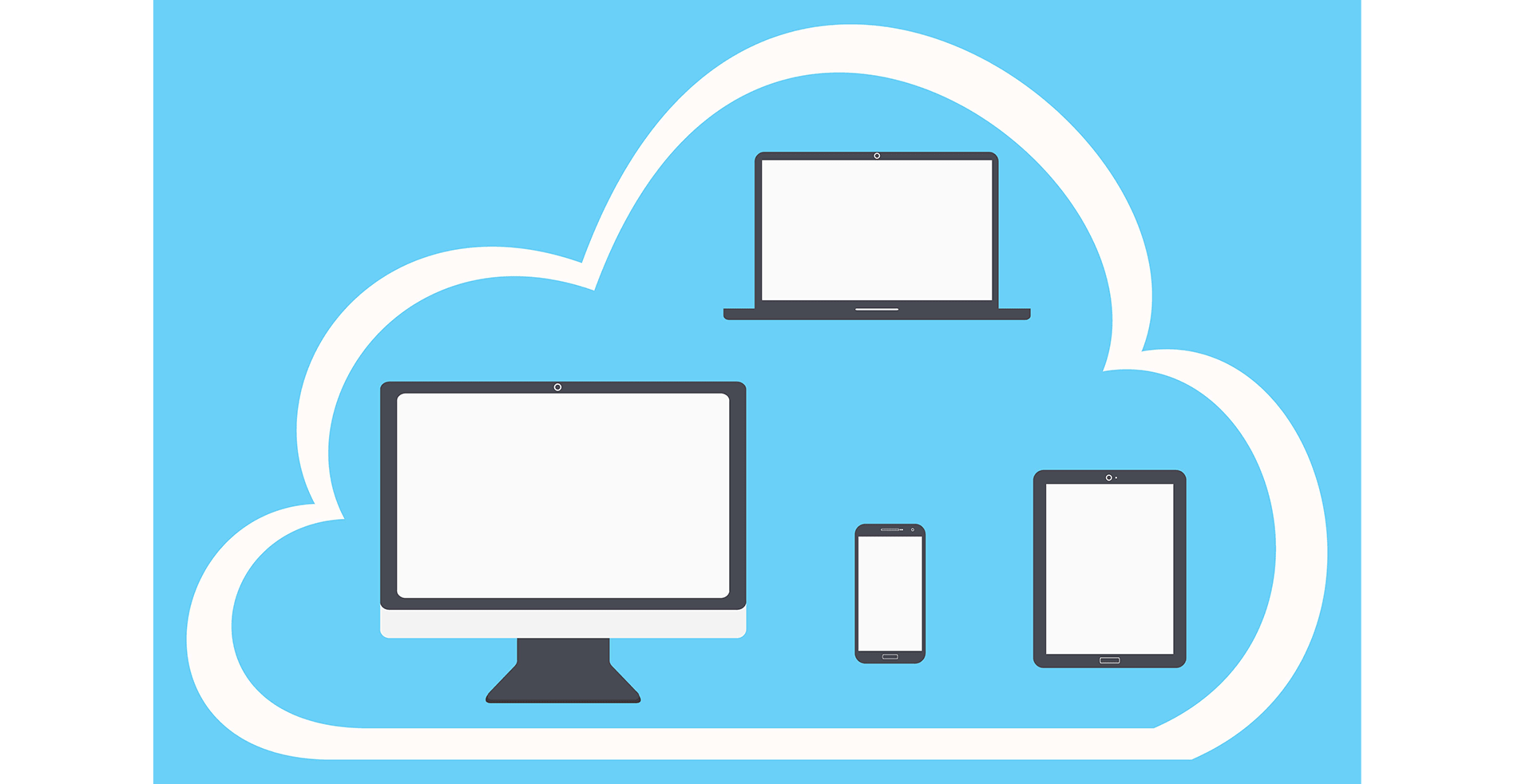Cloud computing is like a big helper for businesses. It’s always changing and bringing new ways to do things. These changes affect how companies work and do their jobs better. Things like using different clouds together, adding smart tech, and making things safer online are some of the new trends. This article talks about these trends and how they make a big difference for businesses. Understanding these changes is super important for companies to do well in today’s fast digital world. Come along as we look at these cloud trends and see how they help businesses in this changing digital time.
Latest Trends:
Hybrid and Multi-cloud Adoption:
Hybrid and multi-cloud adoption is a significant trend in cloud computing, allowing businesses to use different cloud services together. The hybrid model combines private and public clouds, offering flexibility in managing data and tasks. Meanwhile, a multi-cloud approach involves using services from various providers, reducing reliance on a single platform and offering tailored solutions for different needs. This trend is valuable as it provides businesses with flexibility, customization options, and improved reliability by diversifying their cloud usage. Ultimately, it empowers companies to create more resilient systems and adapt to the evolving landscape of cloud technology.
Edge Computing and IoT Integration:
Edge computing and IoT integration is a big trend in cloud tech. It’s about handling data closer to where it’s made, like in devices, rather than always sending it far away to big servers. Devices like smart sensors create lots of data, and edge computing helps process this data right where it’s produced. This quick processing reduces delays and makes responses faster. By mixing edge computing with the cloud, businesses can manage lots of data better. The cloud helps analyze and store this data, providing smart insights for quick decisions. This trend is also important because it speeds up data analysis, makes responses faster, and reduces the need for big central servers. It’s a game-changer for industries needing quick reactions, like manufacturing or real-time monitoring, making businesses smarter and faster in how they handle data from connected devices.
Serverless Computing:
Serverless computing is a major cloud trend where developers write code without dealing with server management. This model, based on small, event-triggered functions, automatically scales up or down according to demand, reducing costs as you only pay for actual usage. Its appeal lies in enabling rapid app development and scaling, allowing businesses to quickly adapt to changing needs without worrying about infrastructure management. By focusing solely on writing code and leveraging the cloud provider’s services for everything else, serverless computing streamlines app development, making it faster, cost-efficient, and flexible for handling varying workloads. This trend is revolutionizing how businesses create and run applications, offering an easier, more cost-effective way to innovate without the hassle of server maintenance.
AI and Machine Learning in Cloud Services:
AI and Machine Learning teaming up with Cloud Services is a big deal for businesses. It means using smart tools in the cloud without needing lots of tech skills. These tools help companies understand data, predict things, and even recognize pictures or words. The best part is that they make it easy for any business to use smart technology without big costs or needing to be tech experts. This trend is changing how companies do things, like making better predictions or understanding what customers want. It’s like having really clever helpers in the cloud that make businesses smarter and more successful. By bringing this smart tech into the cloud, businesses can make faster decisions, offer better services, and stay ahead in today’s competitive world.
Security and Compliance Enhancements:
A big trend in cloud computing is making systems safer and meeting specific rules. Cloud providers are adding strong security tools like encryption and strict access controls to keep data safe. They also help businesses follow rules for data protection, like GDPR or HIPAA. This trend matters because it protects sensitive data from bad actors and helps businesses stay on the right side of the law. By focusing on security and rules, companies build trust with customers and partners, making the cloud a safer place for everyone involved.
Impact on Businesses:
Cost Efficiency:
Cloud computing offers cost savings by eliminating the need for physical hardware infrastructure, reducing maintenance costs, and providing pay-as-you-go pricing models. Businesses can scale resources up or down as needed, optimizing spending.
Enhanced Collaboration and Accessibility:
Cloud platforms facilitate seamless collaboration among teams, allowing remote access to data and applications from anywhere with an internet connection. This accessibility boosts productivity and collaboration among employees.
Improved Security and Reliability:
Cloud providers invest heavily in security measures, offering robust data encryption, regular backups, and advanced threat detection. This enhances data security and reliability compared to on-premises systems.
Environmental Impact:
Cloud computing can reduce a company’s carbon footprint by optimizing resource utilization, reducing energy consumption associated with maintaining physical servers.
Enhanced Collaboration and Accessibility:
Cloud platforms facilitate seamless collaboration among teams, allowing remote access to data and applications from anywhere with an internet connection. This accessibility boosts productivity and collaboration among employees.
Challenges and Considerations:
Security and Privacy Concerns:
Data Breaches:
Storing sensitive data on remote servers raises concerns about potential data breaches. If these servers are compromised, it can lead to unauthorized access to confidential information, resulting in data leaks and breaches.
Compliance Challenges:
Different industries have specific regulatory requirements for data storage and protection (e.g., GDPR, HIPAA). Adhering to these regulations while using cloud services requires careful management to ensure compliance, posing a challenge for businesses.
Skill Gaps and Training Needs:
Certifications and Training Programs:
Obtaining certifications from reputable providers, such as AWS, Azure, or Google Cloud, is crucial for validating skills and enhancing credibility. Training programs and certifications help professionals stay updated and competitive.
Shortage of Skilled Professionals:
There’s a growing demand for professionals with expertise in cloud computing. However, there’s a shortage of skilled individuals, creating a gap between job requirements and available talent.
Conclusion:
In short, the latest trends in cloud computing are changing how businesses work. They bring more flexibility, savings, and faster ways to do things. But challenges like security and learning new skills exist. Businesses that adapt and keep learning will do better. Cloud tech keeps evolving, so staying updated and ready for changes is key for success in the digital world.




